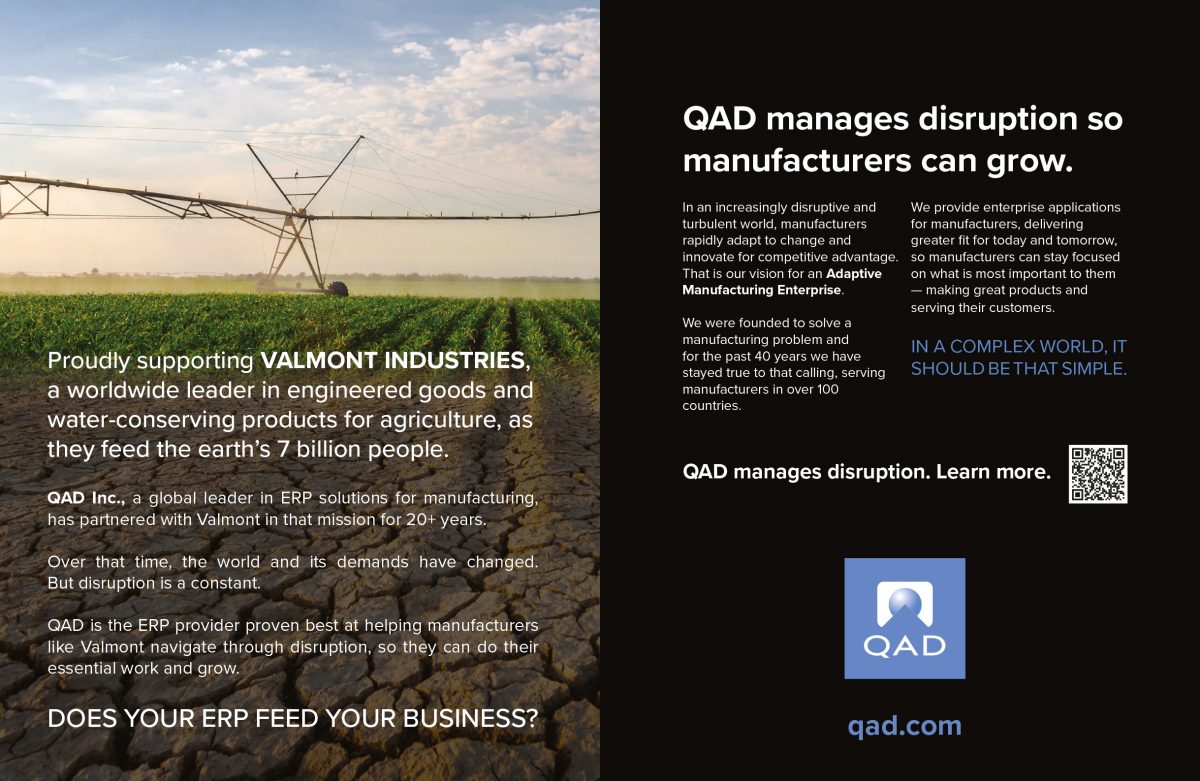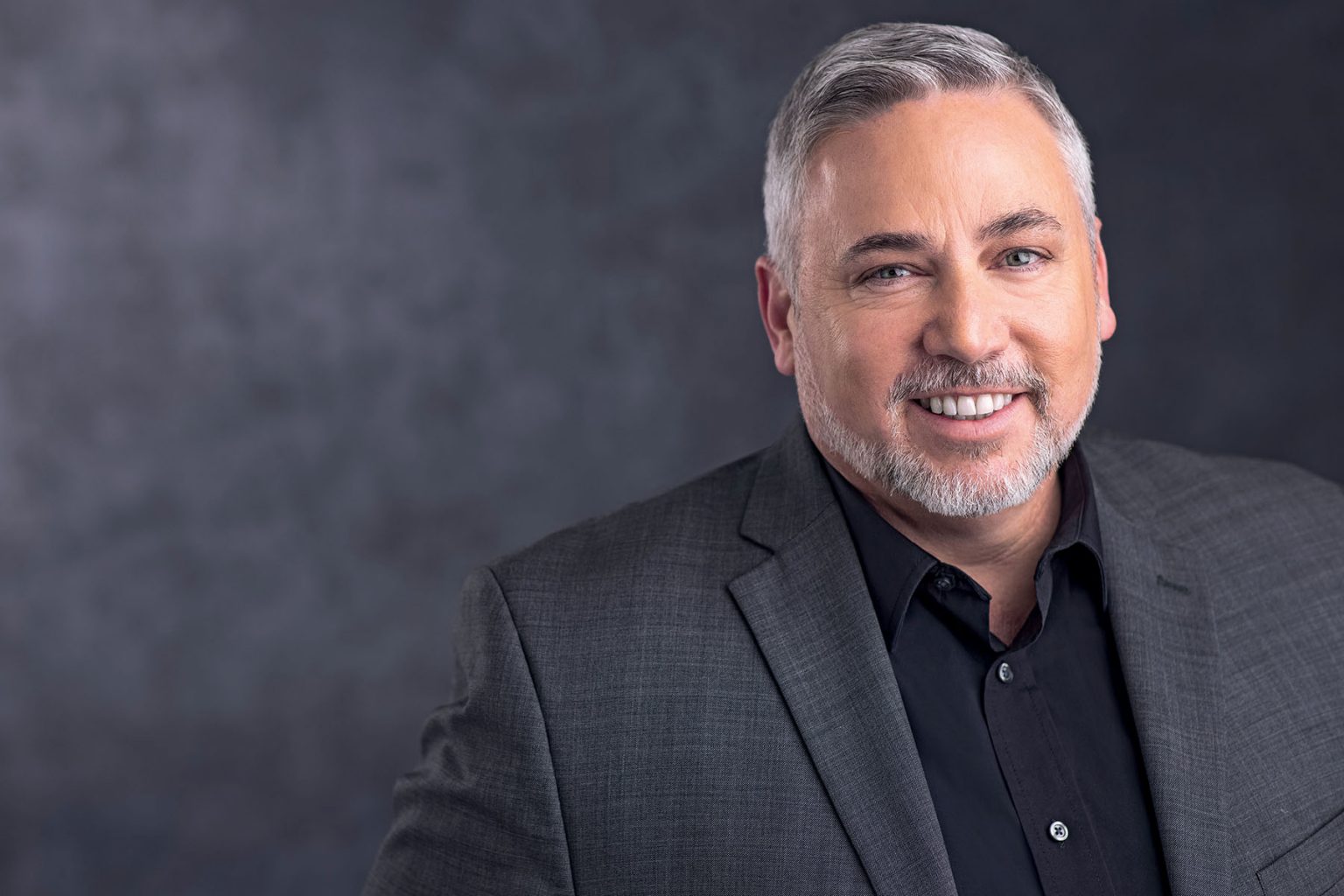Global food insecurity increased sharply in 2020 as the COVID-19 pandemic impacted vulnerable households in countries all around the world. But even before that, chronic and acute hunger were on the rise, according to The World Bank.
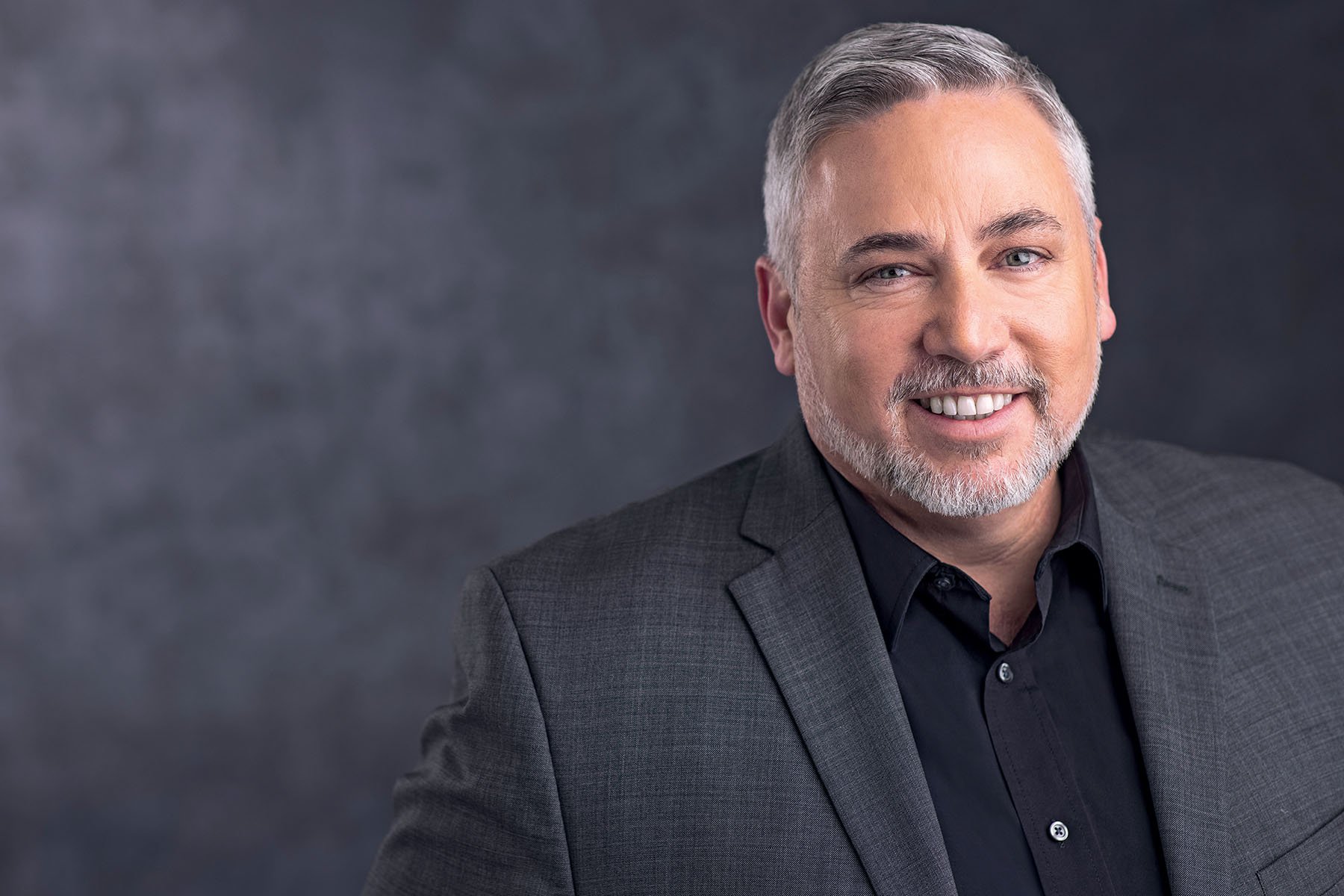
The trend is prompting more countries to look at ways to cultivate homegrown supplies of food instead of importing them, and agricultural equipment producer Valmont Industries is helping to make it happen. The Omaha-based company came into being back in 1946 when Robert B Daugherty started selling farm equipment under the name Valley Manufacturing.
But in 1954, he learned of an irrigation system known as a center pivot, invented by Frank Zybach. Mr Daugherty bought the patent rights for the system and persevered as the new technology slowly took off. Little did he know that this invention would revolutionize the way farms operated around the world.
“Literally, the face of Earth was changed by our Founder because of the center pivot, which put those crop circles in place,” Valmont President and CEO Stephen Kaniewski tells The CEO Magazine. Those crop circles are among the man-made creations that can be viewed from space.
Since those early days, the company has expanded into lighting and traffic structures, communication towers and utility structures. It now has 85 manufacturing facilities in 22 countries. Valmont also boasts a metal coatings business that sustainably protects the life of steel infrastructure, providing galvanizing for all of Valmont’s steel products.
However, it is the irrigation business that has truly flourished as a result of the pandemic, helping the company perform even better in 2020 than it did the previous year. In the fourth quarter of 2020, Valmont’s global sales in the irrigation segment increased 49.8% year on year.

A recent report forecast the global center pivot irrigation systems market would more than double to US$3.9 billion by 2027. The growth comes as countries with vast and fast-expanding populations have turned to center pivots to boost their crop yields as an alternative to importing food amid such uncertain times.
“If they can grow it locally, all the inputs and all the transportation costs, everything is much lower, plus it obviously helps the environment,” Stephen reflects. “Central Asia, Africa, Australia – there’s not a place in the world where we’re not a part of agriculture, and that is going to be high growth.”
Most recently, Valmont’s Valley Irrigation subsidiary announced a multi-year project in partnership with Kusto Group to introduce advanced farm technology to local farmers in Kazakhstan.
Looking ahead
Over the next decade, around 85% of global crop output growth is predicted to come from yield improvements brought about by higher input use, investments in production technology and better cultivation practices.
In 2018, irrigation accounted for 67% of the nation’s water consumption. With Valley’s center pivots up to 60% more efficient than other irrigation methods, the new deal promises to deliver better yields using fewer resources, laying the foundations for the country to become an agricultural hub in Central Asia.
Stephen came into the picture in 2010 when he joined Valmont to lead its corporate IT group. He had studied sociology at Santa Clara University, located in the San Francisco Bay Area with Silicon Valley practically on his doorstep.
“Tech was all around, although a little different than it is today,” he reminisces. “I was really focused on how technology would change the workplace.”
Although he started his career in retail, he maneuvered himself into distribution before making the jump into IT, working as Vice President Global IT Applications at Belden for six years before joining Valmont in 2010 as Vice President of Information Technology. With his experience split between tech and operations roles, Stephen had a unique edge that saw him move around the business rising through the ranks to his current position in 2018.
“Now it’s a bit more operational, but I still have a very strong tech bend, which I’ve been using to really invigorate the products within our organization and, most particularly, in the irrigation segment,” he reveals.
Literally, the face of earth was changed by our founder because of the center pivot, which put those crop circles in place.
Stephen’s aim is to combine the company’s impressive legacy with the new opportunities made possible by technology to make a real difference. “By using technology for a better outcome for the grower, they’re going to make more money for society by using less of everything to get what they need,” he explains.
“We’re bringing these opportunities to areas of the world that historically have never had them. Every new place we go to, we bring the highest levels of tech.” By skipping the older versions of modern solutions and going straight to the new generation iterations of these products, customers can generate some seriously impressive efficiencies.
He is only the fourth CEO ever to serve the company in its 75-year history – a massive testament to the strength of its culture and values. Since its start, the organization has borne the tagline, ‘Conserving resources. Improving life’, which particularly resonates now as environmental, social and corporate governance climbs the agenda.
“ESG is the new buzzword and people are talking about it all the time. Since the founding of our company, we have been ESG,” Stephen stresses. “All we do helps to feed people and uses our natural resources more efficiently.”

With all the changes that are underway across the world as a result of the pandemic, Valmont has decided to “reinvigorate that story”, creating greater awareness about the initiatives it has in place and its vision for the future. It is an important message to get out there, with Valmont’s irrigation technologies helping to reduce agriculture’s use of water around the world.
Agriculture is the sector that uses the most water globally, accounting for 70% of water use. It is also the largest polluter of water, another reason why it is so important the industry improves its water management methods.
Underground water reserves are fast being depleted, with droughts around the world further complicating the situation. Through its center pivots, Valmont is able to help create meaningful change that will benefit both the planet and its residents. However, it’s not just about making changes out in the wide world.
Change is taking place within the company’s own operations with an annual sustainability report designed to keep it accountable and track its progress. By the end of this year, it aims to have completed an electric vehicle program to replace more than 100 gas-powered vehicles at its largest manufacturing facility.

It’s also recently announced a science-based carbon goal, a global combustion fuel goal and has established a more robust global electricity goal. Ensuring diversity and a positive culture within the workplace is also top of mind.
The company has been committed to equal pay and diversity across the workforce including at board level for some time now, Stephen points out. This deeply ingrained sense of purpose gives Valmont great allure as an employer, particularly as socially conscious millennials and gen Zers flood the workforce.
“So just the purpose of the company is appealing to anybody who really wants to make a difference,” he says. “What we do is not really sizzling or sexy per se, but it’s ubiquitous and it’s everywhere.”
The company’s “extremely global mindset” is also a big part of its attraction. “We can send you to Europe, Kazakhstan, Egypt or Sudan – places that most people would never visit in their lifetimes,” he enthuses.
Central Asia, Africa, Australia – there’s not a place in the world where we’re not a part of agriculture.
“There are other Fortune 500 companies around, which are much bigger than us, but not nearly so international.” Staying connected with the people you have working in the business is crucial, according to Stephen.
“You have to look at what kind of talent you have on board and think about what kind of people you need to bring in,” he advises. “It really comes down to finding people who have a passion for what we do.” The resilience of the team in the face of a barrage of challenges is a sign that the company has got it right when it comes to recruitment, according to Stephen.
“In 2018, it was Trump’s steel tariffs. That caused all kinds of dislocation in the markets, but our team did great,” he says. “In 2019, we had a flood of historic proportions here in the Midwest, but our team persevered through it. In 2020, we had COVID-19 and the team did a fantastic job.”
Meanwhile, the world is changing fast, with startups shaking up the way entire industries function. Stephen is very conscious of the shifts underway and is actively looking for more “tech-savvy” talent. He regularly engages in discussions with his team about how to maintain the company’s core values while acting as a disruptor, rather than disruptee.
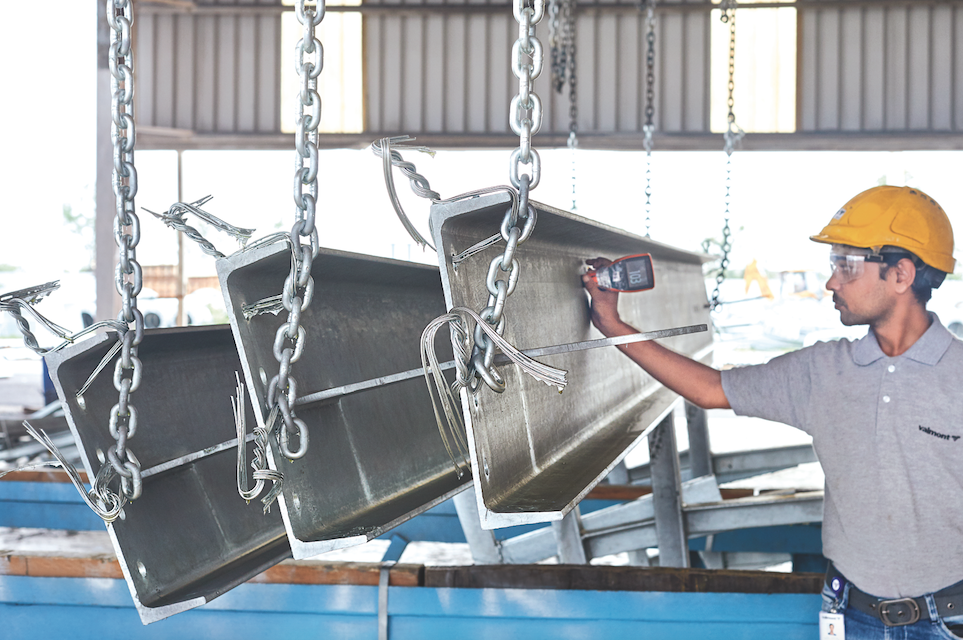
“We have internal goals that really stress the need for technology, but not just technology for technology’s sake,” he asserts.
“We need to see a true benefit for whoever uses the product.” Fortunately, when it comes to agriculture, Valmont has the advantage of the center pivot being the single piece of equipment that remains on the farm field all the time.
That gives the company intelligence that few other companies can access, through cutting-edge technology like soil moisture sensors, GPS and geographic information systems (GIS), enabling it to adjust operations to produce more food more efficiently.
Enhancements such as low-pressure nozzles and pressure regulators also improve water-use efficiency, with the pivots also able to distribute pesticides, herbicide and nitrogen as well as just water.

Farmers can even control their pivot’s operation using a computer or mobile device. Another innovative move saw Valmont pioneer the use of drones to do line inspections in its utility business, despite the fact that flying an active utility line with 500 kilovolts of power running through it had never been done before.
But the company worked with manufacturers to create shielding that could make the dream a reality, and then persuaded its partners to get on board with the idea. The challenge did not end there – it then needed pilots to fly the drones.
“We created almost like an Uber for pilots,” Stephen explains. “We train them to become an FAA-certified drone pilot, then we can lease them out when we don’t need them and we make revenue on that.”
This ability to come up with ideas and make them a reality is partly why Stephen is relatively unfazed by the gathering momentum of startups. He believes the company’s long history in the agriculture and infrastructure sectors has resulted in strong partnerships which cannot be shaken by newcomers, even if they have some great ideas.
A history of irrigation
Irrigation has been practiced since ancient times and is one of the building blocks of civilization as we know it. It likely began with people carrying water in buckets from wells or rivers to pour on their crops but evolved into irrigation channels, basin irrigation, water storage facilities, dams and dikes in advanced societies like China and Egypt. The ancient Romans transported water from the melting snowcaps in the Alps to their settlements in the valleys below by building vast aqueducts. This fresh mountain water was then put to personal use for washing and drinking, as well as for irrigating crops. In modern times, many of those ancient systems are still relevant, but new methods have also been put in place. Now we supply water to our crops using reservoirs, tanks and wells and transport it to fields using canals and pipelines. These advances have come with their problems, though. Agriculture is now responsible for a whopping 70% of global water use as water-wasting flood irrigation remains the most popular method of irrigation worldwide. Fortunately, newer methods like drip irrigation and center pivots have emerged as game-changers. The former method is better suited to smaller fields, while center pivots are the best solution for larger fields, although smaller field options are available. However, with the majority of farmers around the world today still irrigating using the same inefficient flooding methods as previous generations, there is much work to be done and immense opportunity for companies like Valmont.
“We’re a trusted partner – if something goes wrong, they know we’re going to be there,” he says. “That’s why we’re able to disrupt within these niche markets that we play in, whereas outsiders can’t do that.”
Rather than pitching itself against the wave of startups, Valmont has instead committed revenue to a handful of carefully selected companies, eliminating the need to seek more venture capital and making them viable without diluting their ownership.
Stephen describes these arrangements as a “win–win” giving Valmont insights into the latest tech solutions while providing the fledgling companies with access to the market that they otherwise would not have.
These new exciting avenues are certainly not detrimental to Valmont’s longer-held relationships, which continue to be vital to the company’s success. In fact, the partnership mix of more traditional companies with startup firms is working exceptionally well, according to Stephen.
“We can blend the old and the new together because we negotiate everything – we don’t say we’re going to do one thing and then do something else after we negotiate,” he insists. To further strengthen its relationships, the company ensures it buys from its suppliers at “fair prices” and remains loyal, rather than continually shopping around for a better deal.
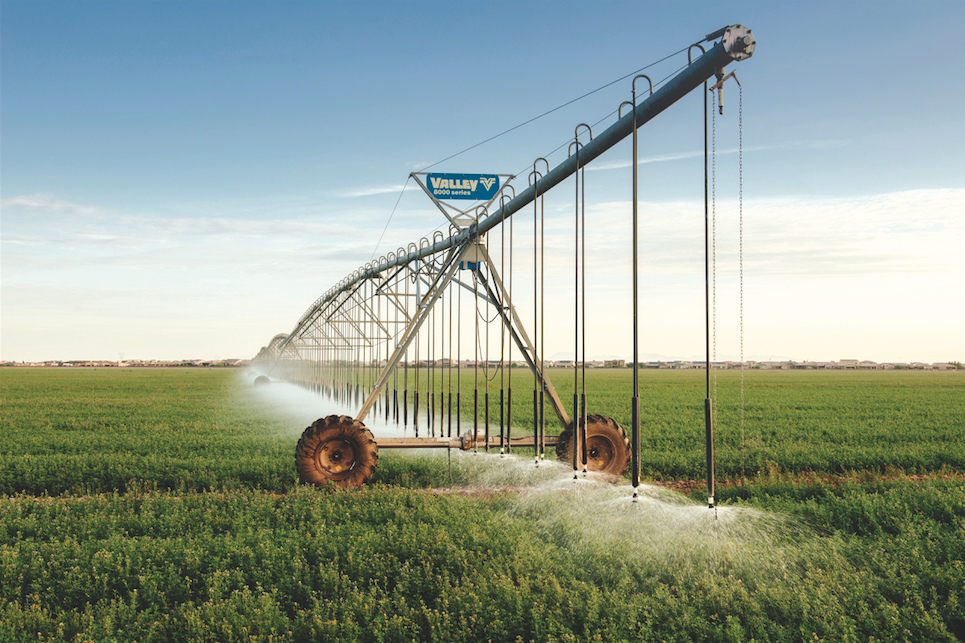
This means that when the market reaches an unforeseen hurdle, as it has with the pandemic, Valmont’s supply remains guaranteed. As for the future? Stephen is confident that Valmont is on track to grow organically between 5–10% each year, with earnings increases of 10% each year.
“That said, we’re in some really high-growth markets which are very exciting to us,” he says. At present, only 25% of the world’s electric power comes from renewable energy sources – primarily wind and solar. That number is, however, expected to grow annually, making it a huge area of opportunity for Valmont.
Almost 50% of the demand for its utilities business relates to renewable energy such as solar and wind structures or powerlines to take the power from these alternate sources to the city centers. Valmont is involved in a project to distribute power generated by the North Sea to city centers in Germany and the Netherlands.
“We make both the wind-power structures in the North Sea and we make the structures that pull the power all the way through as well as substations,” Stephen shares, adding that he expects the renewables part of the business to grow “tremendously” over the coming years.
The lowdown on 5G
Valmont has predicted that 5G technology will be a major growth area over the coming years. Here’s what you need to know about this groundbreaking innovation.
» 5G is the fifth generation of cellular technology and will eventually replace existing 4G networks, improving user experience. It promises eventual speeds of around 10 gigabytes per second to your mobile – more than 600 times faster than average 4G speeds.
» Although there has been talk of the health effects of 5G, experts have disputed such theories referring to available scientific evidence to date, although research into this continues. Claims it is somehow connected to the COVID-19 pandemic have also been refuted.
» 5G was first rolled out in South Korea and parts of the US with developed Asia and North America expected to adopt it faster than other regions. According to forecasts, there will be 1.9 billion 5G subscriptions worldwide by 2024.
» It is not just about mobile – 5G will serve a wide variety of devices in real time; think thermostats, internet-connected cars, environmental sensors and much more. It will enable a range of innovations including virtual and augmented reality services in a number of industries.
» 5G was first released to the market in 2019, with Samsung and Huawei swiftly taking the lead.
Another booming area for the company is 5G, the fifth generation of wireless technology that is reportedly the fastest-growing mobile technology to date. According to wireless industry trade association 5G Americas, it is being adopted at four times the speed of 4G LTE.
Data provided by Omdia showed that, as of December 2020, there were 229 million 5G subscriptions globally, a staggering 66% increase over the previous quarter. While Valmont has produced telecom towers and structures for some time, purchasing Microflect in 1995 and Pirod in 2001, it saw a growing opportunity for wireless site components.

In 2008, it acquired distributor Site Pro 1 and rolled the Microflect and Pirod components business into it. Now it has nine locations across the US and serves 96% of the country with its Site Pro 1 ecommerce site, which Stephen describes as “being like the Amazon for contractors that climb and install the antennas, in by 5pm, out the same day”.
Valmont expects to lead the market for small cell mounts and accessories with this ecommerce offering as the 5G rollout continues through innovations such as its range of adaptive pole top kits, which enable customers to transform any wood, metal, concrete or composite pole into a 5G node. “We see a lot of growth around 5G,” he confirms.
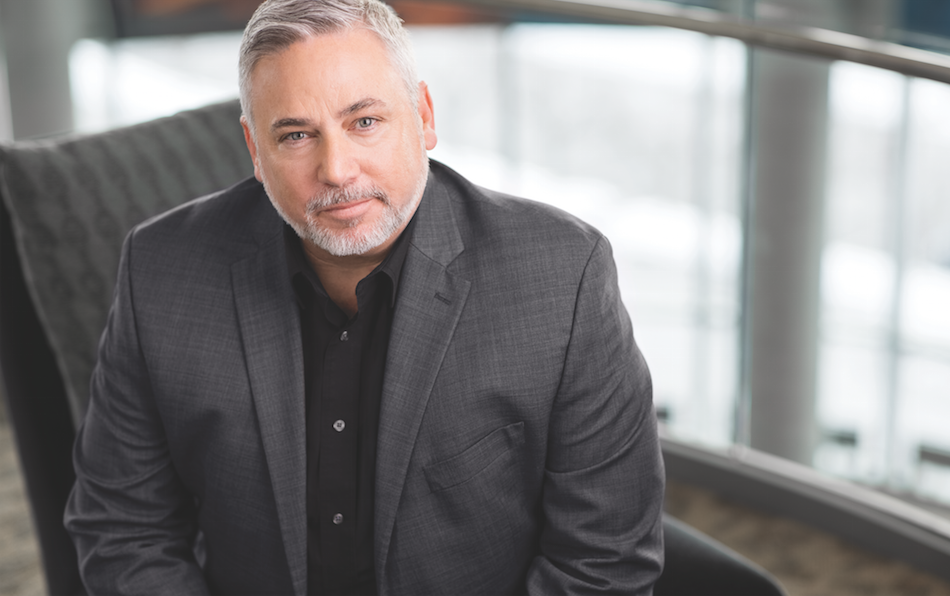
There are other fortune 500 companies around, which are much bigger than us, but not nearly so international.
The Internet of Things is another exciting area where Stephen believes Valmont will play a significant role. “As smart cities develop, we will be a part of that, particularly because from an IoT perspective, our poles are everywhere and every pole is potentially a sensor,” he notes.
“It’s about our legacy combined with new opportunities – that is where we see the biggest growth.” Valmont is certainly proving its versatility, but at its core remains its mission to make a difference even in uncertain times, and ensure food supplies for all.
“There are 70 million people more after 2020 than when we began the year, and they all have to eat,” Stephen says. “The need for food is not going to go away.”
Proudly supported by:

PK Global


